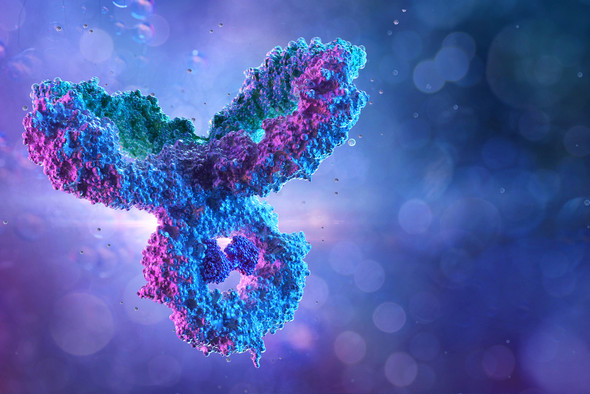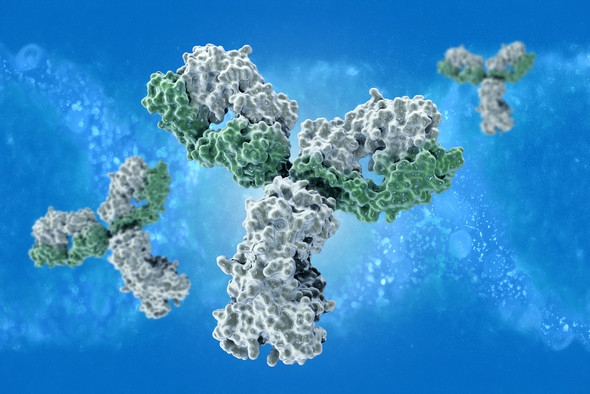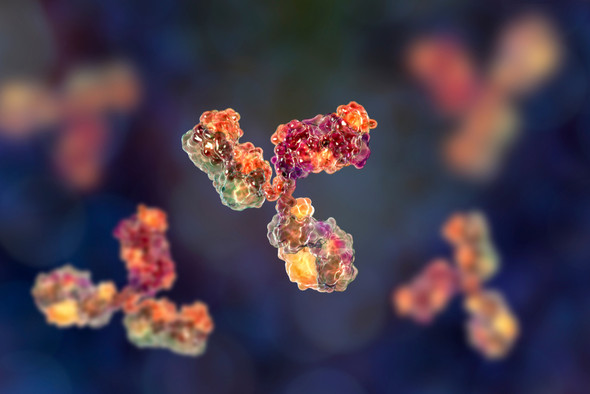Description
MOUSE ANTI-NIPAH VIRUS GLYCOPROTEIN F ANTIBODY (CG11)
Mouse anti Nipah virus (NiV) glycoprotein G monoclonal antibody is specific for the gF protein of NiV.
PRODUCT DETAILS – MOUSE ANTI-NIPAH VIRUS GLYCOPROTEIN F ANTIBODY (CG11)
- Mouse IgG monoclonal antibody (clone CG11-B1-D6-G3).
- Specific for NiV gF protein. It shows no cross reactivity with gG protein in antigen down ELISA.
- Immunized using pool of recombinant NiV glycoproteins G and F.
- Purified from hybridoma cell culture supernatant by affinity chromatography on Protein G. Final buffer is PBS, pH7.4.
- Suitable for use in ELISA and Western blot.
BACKGROUND
Nipah virus (NiV) is an enveloped single stranded negative sense RNA virus that belongs to the Henipavirus genus, which is a new member of the Paramyxoviridae family. Nipah infection was first recognised in Malaysia 1998/1999, where a major NiV outbreak occurred in pigs and humans. A subsequent outbreak of NiV in Singapore also pointed to pigs as an intermediate host. However, outbreaks in India and Bangladesh did not. The natural host for NiV has now been identified as the fruit bat, of the Pteropus genus, with swine acting as intermediate host in some cases. Reports suggest that transmission of Nipah virus to humans can occur through contact with NiV infected bats, food contaminated by bat’s excrement, infected pigs and other NiV infected humans.
Nipah, the disease caused by NiV infection is now endemic in South Asia and several outbreaks of NiV infection have been reported in India and Bangladesh. The symptoms of Nipah virus infection in humans can include rapidly developing fever, abdominal pain, nausea, vomiting, acute respiratory syndrome and severe encephalitis, which is fatal in a high percentage of cases (WHO). In 2015, the World Health Organization highlighted NiV infection as an emerging disease requiring accelerated R&D to advance in vitro diagnostic development, vaccine design and therapeutics (WHO, 2015).
REFERENCES
- Centers for Disease Control and Prevention: Nipah Virus (NiV)
- World Health Organization: Nipah Virus (NiV) infection
- World Health Organization: WHO publishes list of top emerging diseases likely to cause major epidemics














